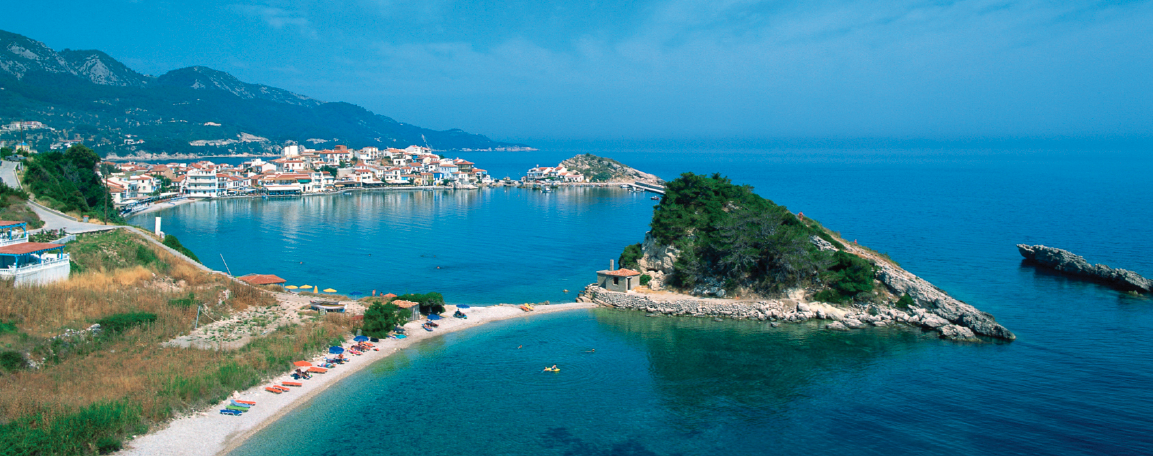By Melissa Wuske
A Nobel Nomination for the Greek Isles
Most of the 900,000 refugees who arrived in Europe last year first came by boat to Greek islands in the Aegean Sea. In response, community groups on the islands of Lesbos, Kos, Chíos, Samos, Rhodes, and Leros organized to make sure the new arrivals were safe and cared for. Now their selfless work is gaining wider recognition: they’re being nominated for a Nobel Peace Prize for their “empathy and self-sacrifice.”
“The people involved in the solidarity networks organized and helped the desperate when the governments weren’t even willing to recognize that the there was a crisis,” said Spyro Limneos, an activist for Avaaz, an organization that helped with the islanders’ efforts. “By opening their hearts the islanders sent a powerful message that humanity is above races, above nations.”
Matina Katsiveli, a retired judge on Leros, said there is “reward enough in the smiles of the people we help.”
Limneos remembers several such smiles: “I will never forget seeing young girls being rescued from a boat on Leros. They were smiling. They didn’t have suitcases or any possessions except their end-of-year school certificates written in Arabic. They laid those down in the sun to dry out. It was a combination of tragedy and hope.”
Government Settles with Navajo Nation
The U.S. federal government has agreed to give $554 million to the Navajo Nation to settle a lawsuit regarding how funds and natural resources were managed. Between 1944 and 1986, the government leased Navajo land and mined four million tons of uranium ore. Even now, decades later, hundreds of closed mines, homes, and water sources register high levels of radiation. The radiation affects the 300,000 Navajo who live across 27,000 miles.
“After a long, hard-won process, I am pleased that we have finally come to a resolution on this matter to receive fair and just compensation for the Navajo Nation,” said Ben Shelly, Navajo Nation President. Shelly described it as a “victory for tribal sovereignty.” Next the Navajo Nation will have town hall meetings to decide how to best use the funds to remedy the health, agricultural, and environmental problems citizens face.
Bombing Survivor Returns to Boston Marathon
In 2014 Adrianne Haslet-Davis, a dancer, was cheering at the finish line of the Boston Marathon. When the bombs went off, she lost her left leg below the knee. This year she’ll be back, running the full marathon. She’s spent the last two years recovering and learning to walk—and dance and run—on a carbon fiber blade prosthetic.
In 2015 she completed the last few blocks of the race with her brothers, but she knows this year’s challenge is much bigger and more powerful: “I knew it would be powerful if I were able to do [the whole race]—not only for myself but for other amputees who are saying, ‘I can’t do this or that,’” she said. Haslet-Davis is raising money for Limbs for Life, a charity that provides prosthetic limbs to low-income people in need.
Aviation and Aerospace History Exhibit
Space Center Houston in Texas recently opened a new exhibit featuring NASA 905, one of the Boeing 747s used to transport space shuttles. The plane was stripped of its seats, galleys, and restrooms in order to lift the 83-ton shuttle. The exhibit also features a replica of the space shuttle Independence. Both are open to visitors and contain artifacts from NASA’s space shuttle programs.
“Aviation enthusiasts will be excited at the opportunity to see a 747 closer than they would at any airport,” said Paul Spana, the exhibit manager.
Melissa Wuske is a freelance editor and writer. She and her husband, Shawn, live and minister in Jamaica Plain, Massachusetts. Find her work online (melissaannewuske.com).



Comments: no replies